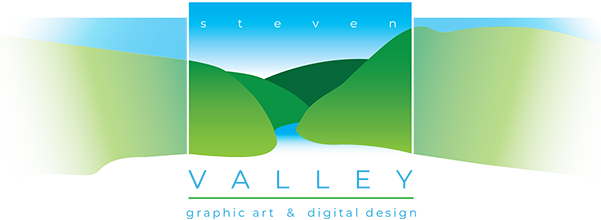Is it The Art or Science of Good Design That Counts?
 The ability to create clever visual metaphors is still a valuable skill, but it’s no longer a guarantee of a marketing campaigns success. In this age of new media it’s increasingly about the construction and inclusion of elements on a page that dictates the outcome and effectiveness.
The ability to create clever visual metaphors is still a valuable skill, but it’s no longer a guarantee of a marketing campaigns success. In this age of new media it’s increasingly about the construction and inclusion of elements on a page that dictates the outcome and effectiveness.
I took my first design class in September of 1981; 33 years later everything I learned about the design process has been turned on it’s head, forgotten, or antiquated by new technology. Visual grandiosity and cleverness is still there, but it’s moved to the back of the room and takes a lower role in the overall marketing approach.
design schools no longer just offer graphics classes, they offer visual communications courses.
With the advent of the Internet, good design and the role of the designer in the advertising and communications process has changed. Our abilities are still very much in demand but our primary focus is no longer based on subjective visual esthetics and good guesses. Designers used to be the last step in the production process, and our focus was about “prettying things up.” That is to say, we had an obscure effect on the outcome of a piece, and the science element of our art didn’t come in until the piece went to press. Not any more, the design, layout, and production process is now interwoven throughout the entire process, landing page design, CTA’s, buttons, what browsers will be used, meta-data, types of code used in the construction are very much involved with the design process. From the onset of a piece al the way through to it’s release, layout is now an exact science, production is malleable, and the piece will have multiple iterations and changes long after its initial release to the public. The science of design is evident throughout the development and deployment.
Designers are now scientists and engineers, with the advent of heat maps, click paths, analytics, optimization, and re-iteration designers left the world of art and subjectivity and entered the realm of engineering and science. We haven’t even talked about responses or analysis, that’s a whole other element that used to be satisfied with, rounded off in-exact percentages. They’ve now become absolute numbers and counts with ROI’s measured down to the penny. Couple that with timing, as in knowing within hours whether or not your pieces is succeeding or failing, how you need to fix it and redeploy, and you’ll see as a group designers are not in Kansas anymore.
So is it science or art? Well, it’s both actually. Here’s why:
Now more than ever, being able to harness good layout principles is paramount, with compressed schedules and combined development and deployment being able to hit the mark takes on new importance. We’ve entered the digital era, so how an eye is directed around a page is as much about technology as it is about a solid grasp of design principles. Taking into account which browsers will be used to view your work with and what device will be used to view it on is still about a 2-dimensional plane but now the plane glows and allows for full motion and unlimited color. There is a new esthetic on the scene and it’s called UX or User eXperience and in today’s computer and data driven world designers need to know that putting a button or widget in the wrong place can spell disaster. What used to be a world where just getting it to work visually was enough, now requires knowing why viewers expect a link to be in a certain spot, how it should behave in different states, on different devices, anticipating a viewers needs, and creating dynamically changing pages to adapt to their responses. It all requires a new kind of designer, science is now a major part of the graphic design process and a new breed of designer is required.
That last statement is so true, that college and universities no longer just offer graphics classes, they offer visual communications courses. Programmers are now required to take basic design courses and artists are required to take programming classes. The ability to work interchangeably in both worlds makes for that person to be a strong member of any team, knowing what will be able to be coded into a click of a button is as important as how the button looks.
Times have changed for sure; but design is still art, it’s just now wrapped in a technical layer, we still respond to color and visual tension, and we all definitely appreciate a good visual metaphor. There’s just way more that we get out of our interactions with marketers now than we did before and because of that everyone wins.


